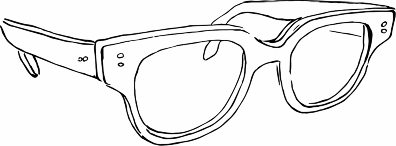 Part IWriting Rules: How to Write Better (and How to Hate Writing Less)
Part IWriting Rules: How to Write Better (and How to Hate Writing Less)
There is no one way to write—just as there is no one way to parent a child or roast a turkey. But there are terrible ways to do all three. And with each, you've got to have a basic understanding of the process before you begin. I'm going to assume you have that—you know enough, for example, to procure an oven and a pan before you begin to roast anything.
In other words, this book assumes that you are equipped with some very basic tools: a working knowledge of English (that means basic levels of grammar, spelling, usage, and punctuation). And I mean very basic: if you recognize that this is a sentence and not, say, a rhinoceros…we're good, and you can safely proceed knowing you aren't out of your depth. (In Part II, we'll talk about sharpening those tools in your content tool shed.)
It also assumes—or hopes is perhaps the better word—that you come with a bit of gung ho: an eagerness to become a better writer because you recognize that it matters, and because you've kicked to the curb the dumb notion that only an anointed few have the chops to be good writers.
Ta-Nehisi Coates, a senior editor at the Atlantic, spent a year teaching writing to MIT students. He later wrote, “I felt that the rigor of math had better prepared these kids for the rigor of writing. One of my students insisted that whereas in math you ...
Get Everybody Writes: Your Go-To Guide to Creating Ridiculously Good Content now with the O’Reilly learning platform.
O’Reilly members experience books, live events, courses curated by job role, and more from O’Reilly and nearly 200 top publishers.

